Reviews
Tobe Hooper
USA, 1986
Credits
Review by Victoria Large
Posted on 17 October 2009
Source MGM DVD
Categories 31 Days of Horror VI
We all have favorite movie moments that, for one reason or another, stick with us. And if I’m honest, one of mine is from The Texas Chainsaw Massacre 2. Imagine Dennis Hopper making his way through a gruesomely decorated underground maze wielding a chainsaw, all the while hacking at the bizarre architecture and spouting crazed midnight movie poetry along the lines of “Bring it all down! Bury the devil!” and “I’m the Lord of the Harvest.” Now imagine that he’s one of the heroes of the piece. What’s not to love?
Twelve years after the release of Tobe Hooper’s horror classic The Texas Chainsaw Massacre, the director returned to the material that made his name. As it happens, those twelve years saw the popular American horror film redefined by a slew of blockbuster slasher flicks. Halloween, Friday the 13th, and A Nightmare on Elm Street - all them owing no small debt to Hooper’s nasty 1974 story about a backwards family of cannibals - had by now become cottage industries. (To put things in perspective, The Texas Chainsaw Massacre 2 was released in the same month as Jason Lives: Friday the 13th Part VI.) Teenagers were as well-versed in the tropes of the genre as the critics were exhausted and exasperated by them; masked killers were regularly dispatched by virginal young women in the final reels of countless horror flicks, only to resurface in the next sequel as bloodthirsty as ever. The genre had become a ritualistic parody of itself and Hooper knew it, choosing to fashion a self-aware, gore-drenched comedy instead of making a more serious effort to scare. (The title for Hooper’s original, studio-jettisoned concept for the sequel was reportedly the rather priceless Beyond the Valley of the Texas Chainsaw Massacre.)
Hooper’s liberal use of gore (a stark contrast from the original Massacre, which thrives on the power of suggestion) might distract some viewers from the tongue-in-cheek spirit at work here, but The Texas Chainsaw Massacre 2’s original, Breakfast Club aping poster art (Leatherface poses as Bender.) and that snatch of Oingo Boingo’s “No One Lives Forever” on the soundtrack during a gruesome opening scene ought to clue most eek freaks in to the sort of sequel that this is. And while it never reaches the anarchic heights of the following year’s Evil Dead II - another sickly funny sequel to a seminal video nasty - The Texas Chainsaw Massacre 2 stands out among the other slashers of its era.
Like its predecessor, Texas Chainsaw Massacre 2 opens with a voiceover narrator prefacing the grisly events to follow, and the language is wonderfully over the top (“Sally said she had broken out of a window in hell.”) We then meet Caroline Williams as our heroine Stretch, a rock DJ who gets dragged into the world of Leatherface and his twisted family when two obnoxious callers to her show get murdered on air. Stretch and Hopper’s Lefty Enright, a police lieutenant whose wheelchair-bound nephew was among the victims in the first film, team up with the shared aim of putting a stop to the murders. But much as grindhouse gore had gone mainstream by 1986, so Leatherface and his family (now dubbed - get this - the Sawyers) have taken cannibalism to the unsuspecting masses by successfully marketing their award-winning chili. (You can probably guess where that rich meaty flavor comes from.)
In The Horror Genre: From Beelzebub to Blair Witch, critic Paul Wells argues that Hooper’s original Texas Chainsaw Massacre, “calls upon the brutalities of a mythic past and distorts the imperatives and philosophy of frontier life. Self-determination, survivalism, family loyalty and the progress in settlement become the depraved and corrupted conventions of a backwoods family slaughterhouse, where the chainsaw-wielding ‘Leatherface’ treats all humans as ‘meat.’” With its similarities in plot, Texas Chainsaw Massacre 2 perhaps inevitably carries on some of the preoccupations of the first film, once again teasing out the most macabre underpinnings of American frontier traditions, but Hooper saves much of his satiric swipe for the genre that he helped to create. In her remarkable 1992 study Men, Women, and Chainsaws: Gender in the Modern Horror Film, critic Carol J. Clover comments on one of The Texas Chainsaw Massacre 2’s most outrageous moments: “…Stretch is on the verge of being seized by mad killers when she glances up and sees, in the dim, bloody recesses, a glowing EXIT sign. It is a moment audiences greet with shouting and laughter, partly because of the analogy it admits (labyrinth = moviehouse, chainsaw wielding sons = camera-wielding filmmakers, terrified victim = audience) but partly because the ‘clue,’ the EXIT sign, is so obviously excessive, such a breach of third-person protocol—such a naked disclosure of the cinematic signifier.” Indeed, Texas Chainsaw Massacre 2 mocks itself and credits its audience with having the savvy to laugh along with it. This is the kind of film where the Final Girl can halt the big chase scene by shouting, “All right! All right! Let’s talk about it!” and then continue to address the killer (in an exchange that got special notice from self-proclaimed Drive-In movie critic Joe Bob Briggs), “I’m trying to be open with you. It’s nobody’s fault; I just can’t do this.”
Texas Chainsaw Massacre 2 is doubtlessly a horror film for horror fans - Tom Savini’s ghoulish, dripping makeup effects are best appreciated by the Fangoria set - but it never underestimates its audience. Hooper knows it’s all been done before, and to more chilling effect. (He should know—he was among the first and best.) But that doesn’t stop him from goosing the genre for some worthy gross-outs, thrills, and laughs, wallowing with amusement in his own excesses. The film’s opening narration dictates, “The Texas Chainsaw Massacre has not stopped. It haunts Texas. It seems to have no end.” More than twenty years later, production on films directly and indirectly inspired by Hooper’s work has scarcely slowed down, but where many of them feel like joyless exercises, Texas Chainsaw Massacre 2’s mischievous wit retains appeal.
More 31 Days of Horror VI
-
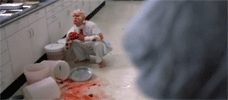
From Beyond
1986 -
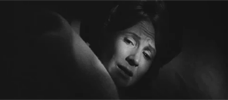
The Haunting
1963 -
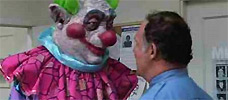
Killer Klowns from Outer Space
1988 -
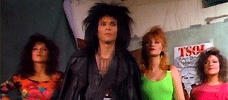
Shock ‘Em Dead
1991 -
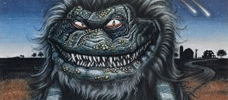
Critters
1986 -
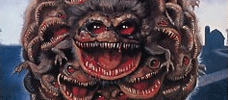
Critters 2
1988 -

The Fall of the House of Usher
1928 -
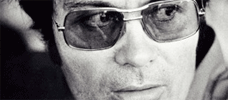
Jonestown: The Life and Death of Peoples Temple
2006 -

In the Mouth of Madness
1994 -
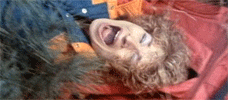
Winterbeast
1991 -

Black Roses
1988 -

Needful Things
1993 -
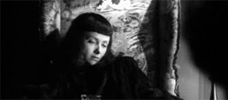
The Seventh Victim
1943 -
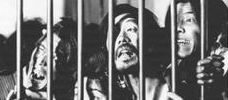
A Page of Madness
1926 -
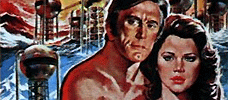
Holocaust 2000
1977 -
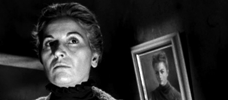
The Man and the Monster
1958 -
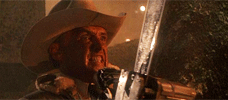
The Texas Chainsaw Massacre 2
1986 -
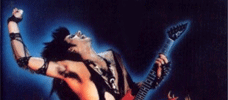
Trick or Treat
1986 -

Single White Female
1992 -
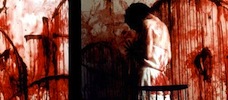
Trouble Every Day
2001 -
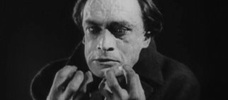
The Hands of Orlac
1924 -

The Devil’s Advocate
1997 -

Nocturne
1998 -

Hardware
1990 -
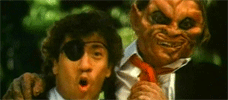
Hard Rock Zombies
1985 -
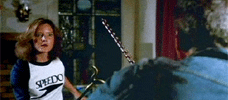
The Slumber Party Massacre
1982 -
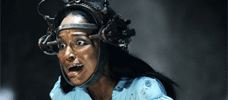
Saw VI
2009 -
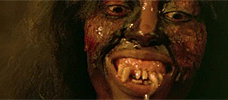
Zombi 4: After Death
1988 -
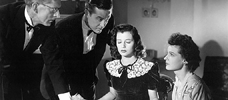
The Uninvited
1944 -
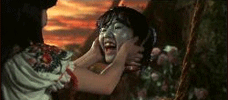
Hausu
1977
We don’t do comments anymore, but you may contact us here or find us on Twitter or Facebook.



